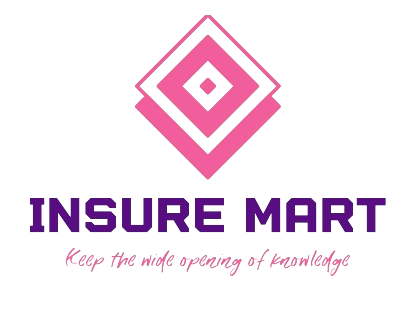Behind the Wheel, Ahead of the Curve – Enroll in Our Online Driving School
Embarking on the journey of becoming a skilled and responsible driver has never been more convenient than with our online driving school, Behind the Wheel, Ahead of the Curve. In today’s fast-paced world, where time is of the essence, our innovative approach to driver education allows you to learn at your own pace, from the comfort of your home. Gone are the days of traditional brick-and-mortar driving schools; our online platform brings the classroom to you, providing a comprehensive and interactive learning experience that is both engaging and effective. One of the key advantages of our online driving school is flexibility. Life is hectic, and finding time for driving lessons can be a challenge. With our program, you can tailor your learning schedule to fit your lifestyle. Whether you are a student juggling classes, a working professional with a demanding job, or a busy parent managing household responsibilities, our online driving school allows you to access lessons and practice sessions at any time that suits you. The 24/7 availability of our resources ensures that learning to drive does not have to be a time-consuming ordeal.

Our curriculum is designed to cover all aspects of safe and responsible driving. From the basics of understanding traffic rules to advanced defensive driving techniques, our online courses are structured to equip you with the knowledge and skills needed to navigate the roads confidently. Interactive modules, video lessons, and simulated driving scenarios create an immersive learning environment, making the material not only informative but also enjoyable. Our experienced and certified instructors are committed to guiding you through every step of the learning process, providing feedback, and addressing any questions or concerns you may have. Safety is our top priority, and our online driving school goes above and beyond to instill safe driving habits. Through realistic simulations and practical exercises, you will learn how to handle various road conditions, anticipate potential hazards, and make split-second decisions that can save lives and Why Learning To Drive At 28 Was So Difficult – Bulk Quotes Now. Our emphasis on defensive driving techniques ensures that you not only pass your driving test but also become a responsible and conscientious driver for years to come.
Enrolling in Behind the Wheel, Ahead of the Curve comes with additional benefits. Our online platform allows you to track your progress, ensuring that you are consistently improving and mastering the skills needed to be a confident driver. The convenience of online learning is complemented by our excellent customer support, ready to assist you with any technical issues or questions you may encounter during your journey. In conclusion, our online driving school offers a modern, flexible, and comprehensive approach to driver education. As you enroll in Behind the Wheel, Ahead of the Curve, you are not just learning to drive; you are setting yourself up for a lifetime of safe and enjoyable journeys on the road. Do not just get behind the wheel; get ahead of the curve with our innovative and user-friendly online driving school.

